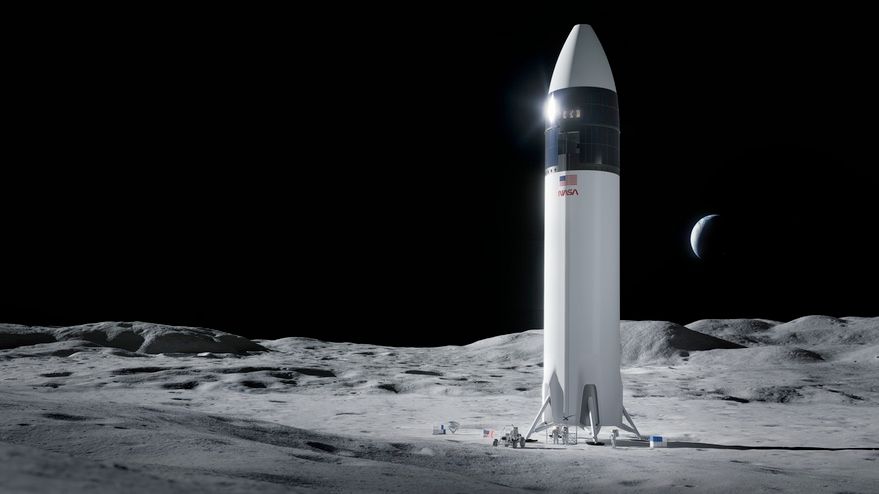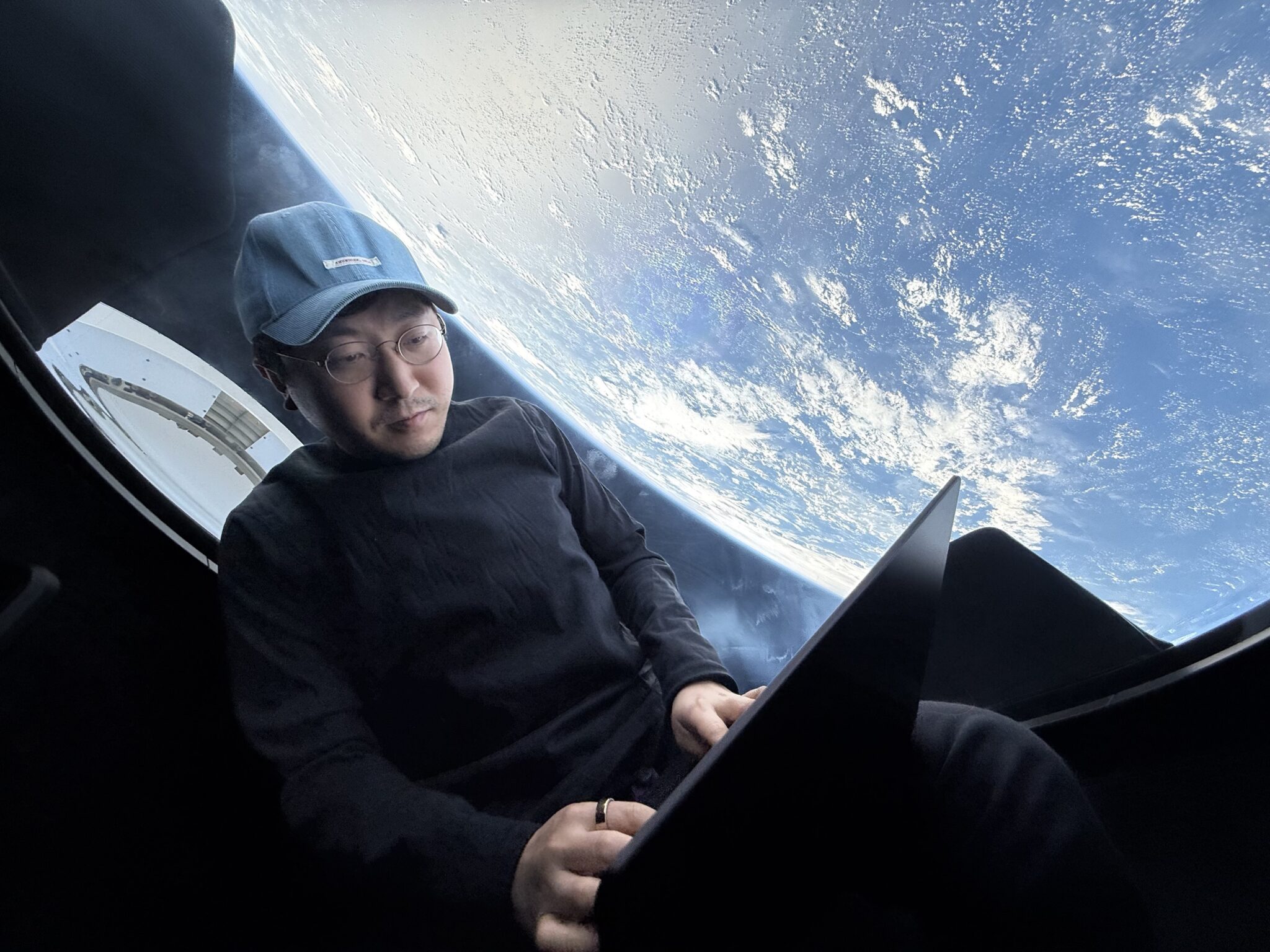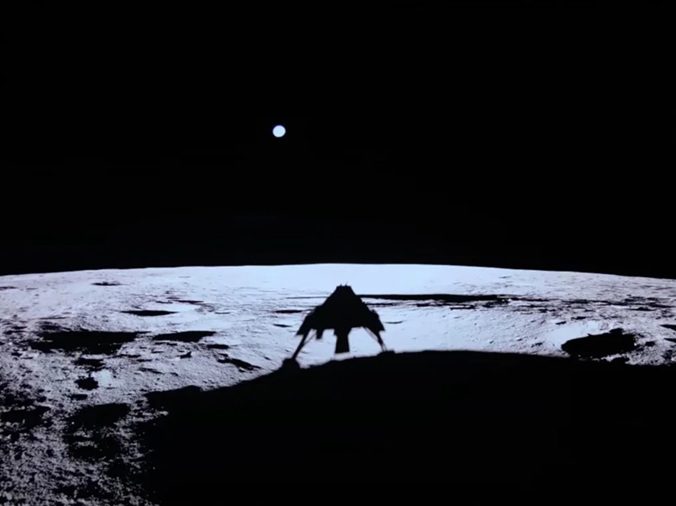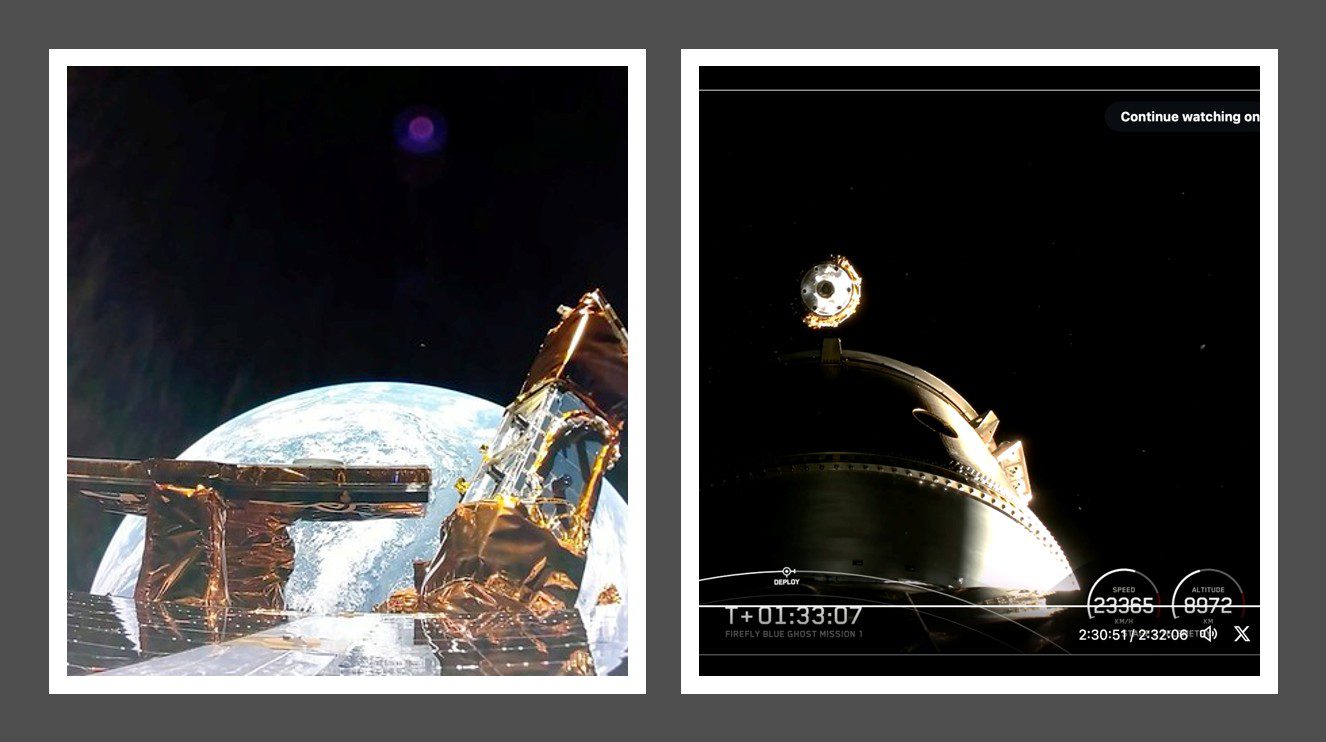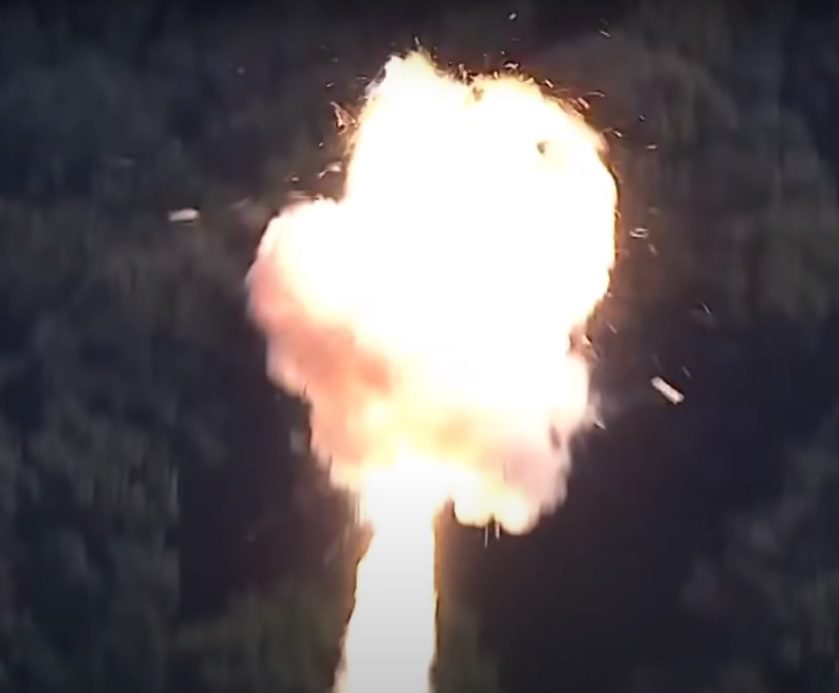Beginning on the 12 April, – and carrying on over the next two months, the British Interplanetary Society in Vauxhall, London, is showing “First Orbit”, the hit Internet film which re-creates the story of the Major Yuri Gagarin’s revolutionary spaceflight of 12 April1961. The quirk is that the film is being shown in 30 different languages after the film’s fans around the world translated the Russian into subtitles for free.
This “installation art” documentary, which was directed and produced by Christopher Riley, tells the story of the very first orbit by mimicking the orbit in near real time by using footage shot mainly by Italian astronaut Paulo Nespoli while he was on the International Space Station (iSS) with the cooperation of NASA, ESA and Roscosmos.
Interspersed in the subtitled footage is English commentary from contemporary Radio Moscow and BBC broadcasts complete with their strangely old fashioned accents. The film was originally released on the internet to coincide with the 50th anniversary of the flight last year. It became a viral internet sensation taking the record, at over 3.5 million, for the largest number of hits on YouTube for a long film.
While the space station’s orbital elements (i.e. its inclination, apogee, perigee and eccentricity) differ a bit from cosmonaut Gagarin’s Vostok 1 spacecraft’s passage, by cobbling together various sections of the high definition video along with actual footage (yes – most of that is in monochrome) as taken from the original and other space missions, director Christopher Riley has managed to create pretty close depiction on what it was like to look out of the Vostok’s porthole window.
While there are a few quibbles about some of the views – at one stage a parachute appears to open before the re-entry (the shots were taken out of order from NASA’s Apollo 10 mission re-entry) – Riley, who has a space related planetary geology background himself, and his editing team, took especial care to get the ground track and solar angles correct. Night views for the orbit, including some sparky thunderstorms, were provided by some NASA night vision cameras.
Most impressively the voice communications during the first part of the flight between Gagarin and the ground stations (including the voice of legendary Soviet space designer S.P. Korolev) has been included after cooperation with the Russian government.
During the latter part of the flight Gagarin is mainly silent. He was alleged to have lost consciousness after his craft went into a spin minutes before it successfully re-entered Earth atmosphere. Gagarin recovered consciousness in time to eject and parachute as planned from the re-entry capsule to a safe landing – though his ejection was kept under wraps for several years in case anyone challenged the new record given he had left the craft before it touched down.
While some of the images are beautiful, especially, the sunrise and sunsets emphasizing Earth’s thin atmospheric border, the most impressive part of the film is actually its haunting musical score as composed by Philip Sheppard. This is at times, reminiscent of music from the seminal eco-science fiction film “Silent Running”. In a presentation made before and after the showing, Riley apologized for the variable quality in some images variously caused by human focusing error, dirty windows and also by bright spot pixels caused by space radiation damage to the cameras’ CCD (Charged Couple Device) sensors: a problem that Gagarin could barely have imagined in those pioneering and inspiring days.
Flightglobal/Ascend Overall Rating: This film is, at times, awe inspiring and enlightening. It can also be a bit tedious as well, with long stretches in which nothing seems to be happening. It is perhaps one to have running in the background (especially for the music) so you can dip in and dip out of a beautiful space trip – 7/10.
The Attic Room productions film is now available now on DVD and Blue-ray.

